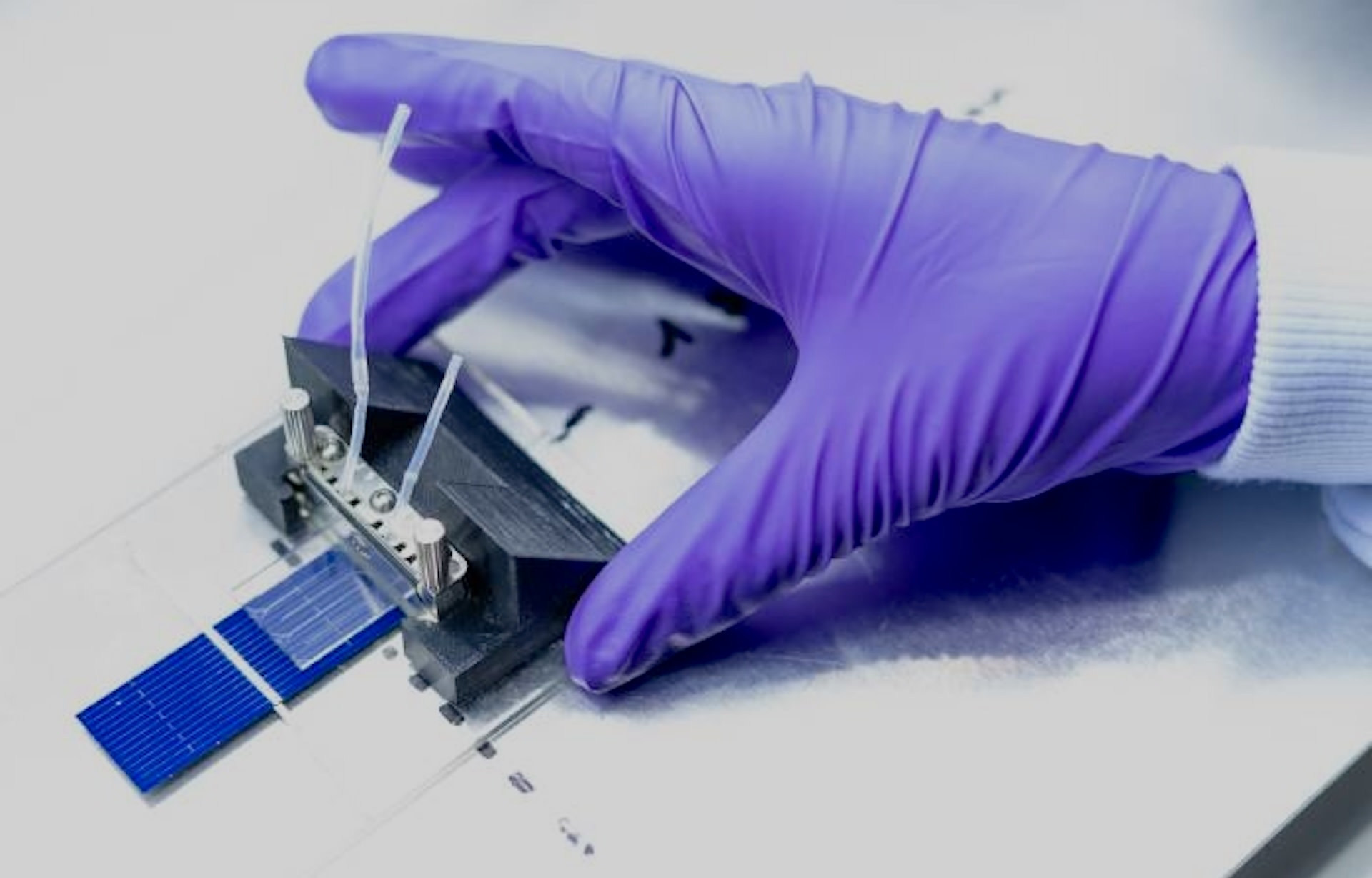Renewable energy capacity is surging across the globe, with solar installations leading the way, but dealing with the intermittent nature of the supply is a challenge.
In addition to the daily limits of sunshine, solar technology has to deal with heat driving down efficiency, as well as the scarcity of materials and the environmental problems with mining.
Now, researchers at the Polytechnic University of Catalonia have developed a new hybrid solution that addresses these issues, as Interesting Engineering reported.
Their device combines silicon-based photovoltaics with molecular solar thermal energy storage. According to a press release, this marks the first time these have been paired together.
"The combined device operates with a solar utilization efficiency of up to 14.9%, which represents an improvement over the two hybrid solar systems operating independently," as shared in the IE report, citing the release.
A molecular solar thermal energy storage system (also known as MOST) is the first layer, made up of organic molecules that undergo a chemical transformation when irradiated by high-energy photons, such as ultraviolet light, as the release detailed.
That layer can then store that energy for later use, while also acting as an optical filter, absorbing some of the heat before the light hits the photovoltaic cell underneath.
The reduction in heat allows the solar cell to increase efficiency by 12.6%, and the energy storage efficiency from the molecular thermal layer is 2.3%. With these elements combined, the device reaches a respectable solar utilization efficiency of up to 14.9%.
"Unlike other technologies that rely on scarce materials, the MOST system uses common elements such as carbon, hydrogen, oxygen, and nitrogen, thus offering a more sustainable energy storage alternative," the press release explained.
This solar collection and energy storage device could ultimately help bolster global efforts to achieve net zero emissions by 2050. One of those larger goals, according to the source paper, is to augment battery capacity by 44 times its current level in order to get to 680 gigawatts by 2030.
The U.S. has already made steps in expanding solar energy collection, opening up 30 million acres of federal land specifically for that purpose.
With all the new solar farms, the Energy Information Administration expects solar to grow 75% from 163 billion kilowatt-hours (kWh) in 2023 to 286 billion kWh by 2025.
More sustainable energy generation is certainly on the upswing, while the future of dirty fuels, such as coal, seems to be on the decline.
The Department of Energy's Solar Energy Technologies Office is riding this wave toward a cleaner future and accelerating its own plans "to support an equitable transition to a decarbonized electricity system by 2035 and decarbonized energy sector by 2050."
Join our free newsletter for weekly updates on the latest innovations improving our lives and shaping our future, and don't miss this cool list of easy ways to help yourself while helping the planet.









